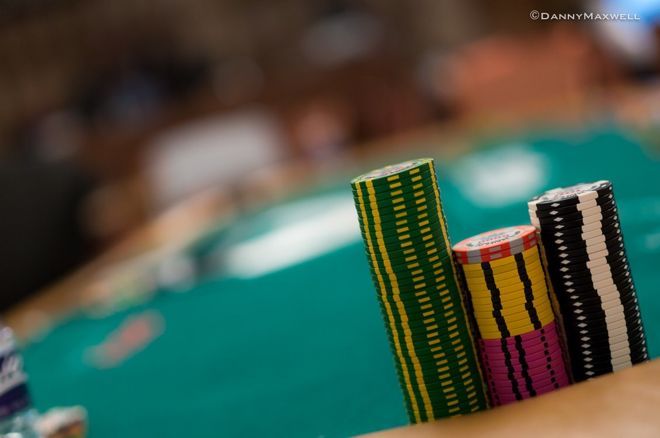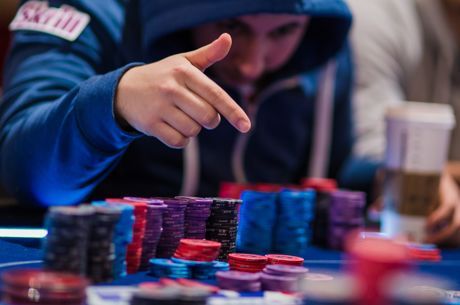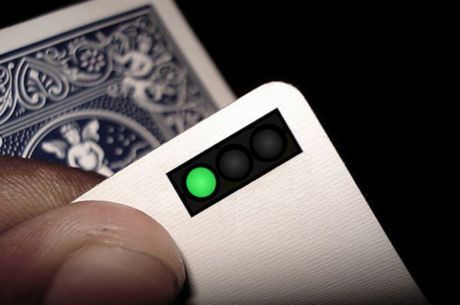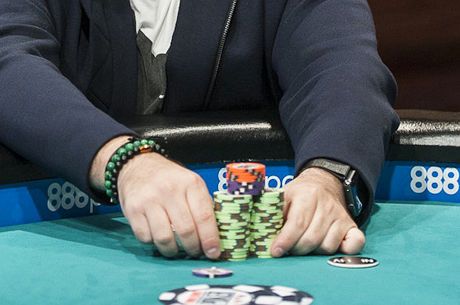Small Stakes Poker Plays, Part 3: Continuation Betting in Multi-Way Pots

Over the past two weeks, I have discussed how to navigate common spots in small stakes games when players enter the pot too loosely in front of you either by limp-calling or raise-calling. This week, I will wrap up the series with a discussion of hands where you open the pot and get called loosely by players behind you.
In part 1, I mentioned how the button vs. the big blind is the essential battle in no-limit hold'em, but that this fight gets "hijacked" by players entering the pot from earlier positions. These raisers from earlier positions prevent the action from folding around to the button as often as it should.
However, even in loose small stakes games, it often folds around to middle position. If the big blind has a stack of around 40 big blinds and the players in late position aren't likely to execute the type of three-bet bluffs I described in part 2, I will open a wide range expecting often to get called by a player in position as well as the big blind who will be getting a very good price to enter the pot. After the flop, I will use intelligent aggression to exploit imbalances in their ranges in order to overcome the fact that my ranges are out of balance as well.
For example, let's say I open from middle position and get a call from the button and the big blind. I will often fire a continuation bet on a dynamic flop like 9?5?4? and continue barreling on the turn if only the big blind calls on the flop. The big blind's defending range is normally weak as is, but here, it is even weaker because of the increased pot odds offered to the big blind by the button's call. Also, maybe the big blind would feel comfortable trapping preflop with a hand like KxKx against my open alone, but this is less likely with the button in the pot as well.
The weakness of the big blind's range combined with the perceived strength of my range given that I was willing to c-bet into a multi-way pot from out of position gives me one of the biggest range advantages possible. Not to mention that this highly favorable spot is even subsidized by the button's dead money! That makes this one of the most profitable bluffing spots in all of poker.
For this reason, I will open as wide as 40 percent of the deck from middle position here in hopes of creating this scenario against unsophisticated players who flat with hands they should be three-betting or folding. If I am able to get it heads up with the big blind by the turn, I will often shove the river expecting to get a fold the vast majority of the time.
When players just call the turn on dynamic flops like these, they often have one pair. When they entered the pot from the big blind getting a great price preflop, that pair is often very weak and not worth playing for stacks on the river. This gives those of us who are observant players license to fire away until they adjust.
On the one hand, it's bad that we small stakes players don't get the chance to play the button vs. big blind situation as often as we should. On the other hand, the mistakes our opponents make offer us even better opportunities.
The spots that I have discussed in this series most often come up in small stakes cash games and the early levels of tournaments when stacks are deep enough to generate the necessary postflop fold equity, but not so deep that you can't comfortably get all in by the river. Somewhere between 40 and 100 big blinds effective is the sweet spot.
Consider looking for spots to execute these plays with wide ranges the next time you find yourself in that situation at a soft table.









